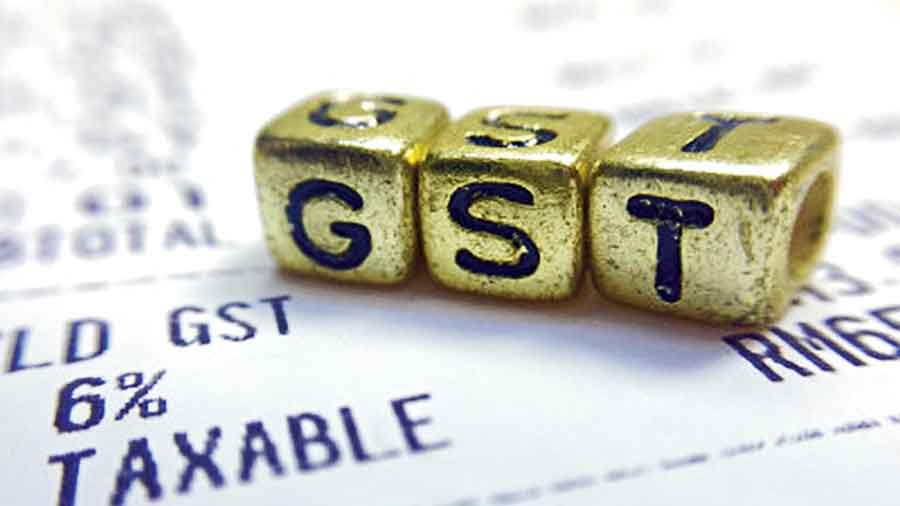The collections from the goods and services tax fell 6 per cent to Rs 1.49 lakh crore in February from Rs 1.58 lakh in January.
During the month, revenues from domestic transactions (including import of services) were 15 per cent higher, while revenues from the import of goods were 6 per cent higher compared with the same month last year. The cess collection of Rs 11,931 crore was the highest since the implementation of GST.
According to Aditi Nayar, the chief economist of Icra, the sequential dip in the GST collections in February was partly on account of the boost to the January figure from the quarter-ending inflows for the month of December, which were remitted in the following month.
On the “large divergence” in the growth of the revenues from the import of goods and that from domestic transactions, Nayar said: “The GST revenues from imports of goods are likely to have been dampened by the sequential contraction in merchandise imports in January 2023.”
AMRG & Associates senior partner Rajat Mohan said the enforcement action by tax authorities against pan masala and tobacco manufacturers in the past few months could have led to higher collection of taxes and thus contributed to the cess pool.
“Indian automakers reported solid domestic sales for vehicles which also fuelled collection of compensation cess during February,” Mohan said.
As per the ministry data, out of the gross GST revenue, Central GST was Rs 27,662 crore, State GST was Rs 34,915 crore, Integrated GST was Rs 75,069 crore (including Rs 35,689 crore collected on import of goods) and Cess was Rs 11,931 crore (including Rs 792 crore collected on import of goods).
Deloitte India Partner M.S. Mani said all the large states have reported significant increases ranging from 10 per cent to 24 per cent compared with the same month last year. Tax connect advisory partner Vivek Jalan said the improvement in GST collections is a result of increased audits, assessments and proceedings in large entities which thereafter impact the entire supply chain.











